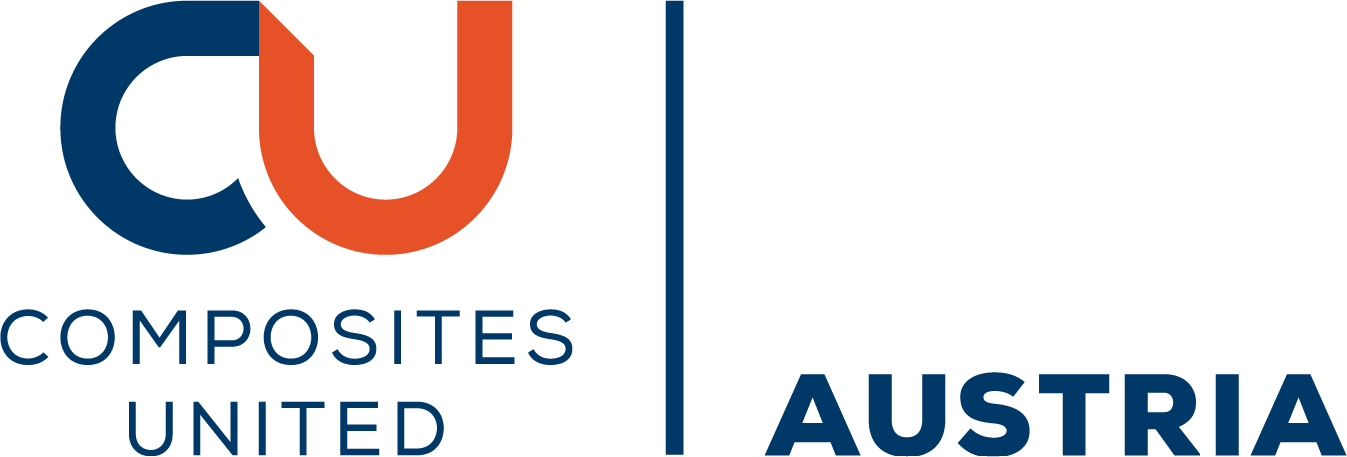
Micromechanical Modelling of Transverse Cracking in Unidirectional Composites Using Periodic 3D RVEs with Realistic Fiber Packing
Please login to view abstract download link
Understanding transverse cracking is crucial in fibre-reinforced composites, as their weak transverse properties often initiate failure. These cracks can lead to delamination or fibre breakage, compromising the laminate’s load-bearing capacity. While microscale finite element modelling is commonly used to study this phenomenon, it often overlooks uncertainties in material behaviour due to inhomogeneities in the fibre arrangement. To overcome this limitation, we generate models that closely resemble real microstructures and capture inhomogeneous regions to model this uncertainty. Deep learning methods trained on computed tomography images of real microstructures are used to generate periodic representative volume elements (RVEs) artificially. Our previous work established a pipeline for mesh generation and periodic boundary conditions, while further studies showed that deep learning-generated and experimental RVEs yield similar transverse cracking behaviour, unlike randomly generated RVEs. We observed that debonding initiates near closely spaced fibres, with resin-rich pockets delaying rather than initiating cracking. Here, we refine our modelling strategy for large 3D models (>100 fibres) in Abaqus/Explicit, incorporating fibre-matrix interface debonding and matrix cracking. We optimise periodic mesh generation and implement zero-thickness cohesive elements. Using the periodic elements approach, we ensure efficient periodic boundary conditions. Our results show matrix cracks link up with fibre debonding, while resin-rich pockets contribute to local damage diffusion rather than crack initiation.






